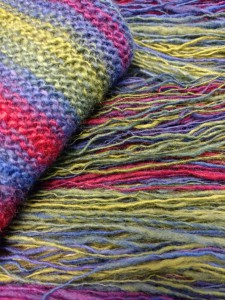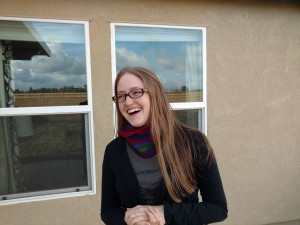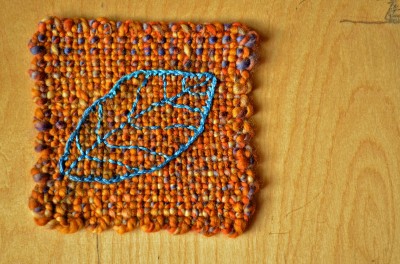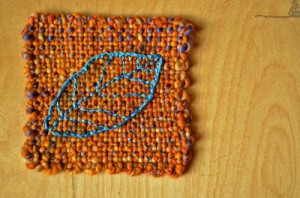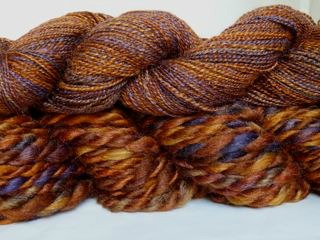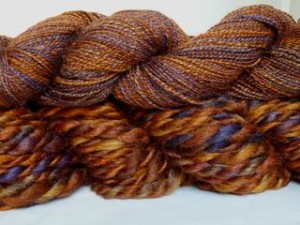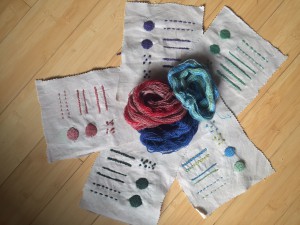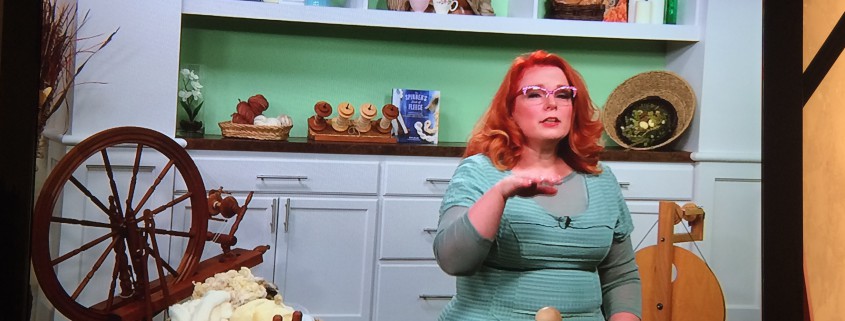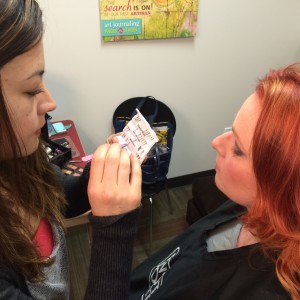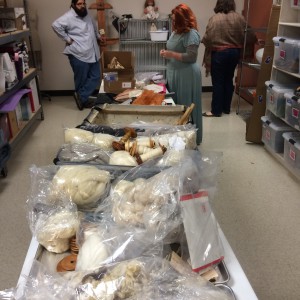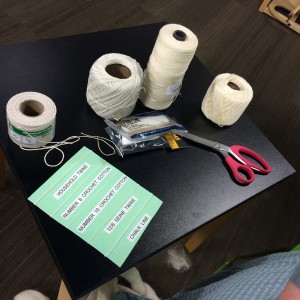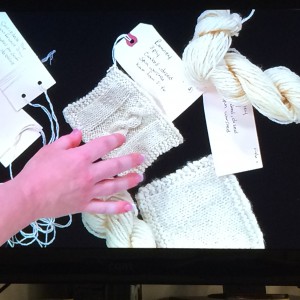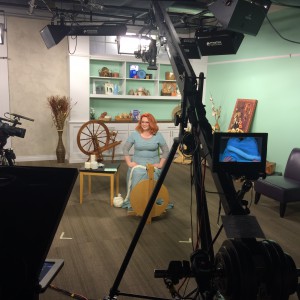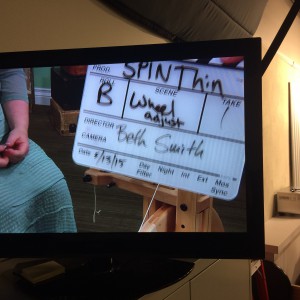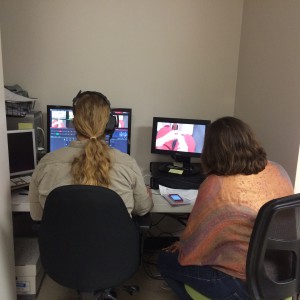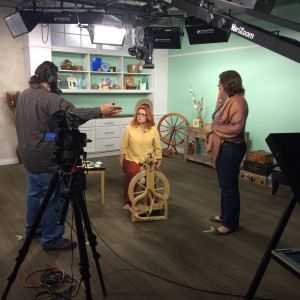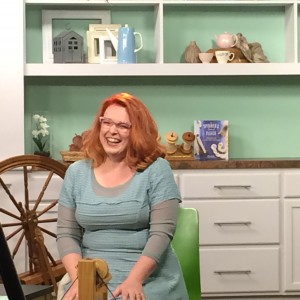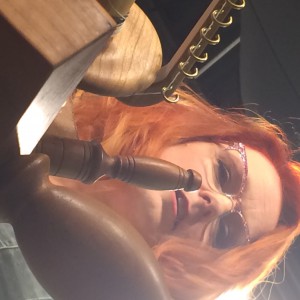Spindles – They are for everybody
I’m primarily a wheel spinner. Actually it’s been that way since I learned to spin. I love my wheels. I love how they look. I love how I imagine I look when I’m using them (don’t laugh). Many of the classes I teach are wheel focused classes.
But I like spindles too. I have plenty of them. Don’t ask how many. It’s not important.
When I learned to spin I began on a spindle but it was slow going and I was convinced that my lack of progress was because of the tool I was using and I needed a wheel. So I bought myself a used Ashford Traditional. Needless to say, the tool was not my problem. But that’s another story. Anyway, I took some lessons and got to be decent on the wheel. When I was satisfied that I was learning and improving I picked up the spindle again and magically I could do it! From then on I was a fan.
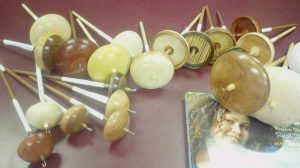
Let me tell you why I think you should like spindles too – beyond the fact that they can be beautiful.
For the last couple of years I have been immersed in a couple of projects that needed a wheel to complete so I hadn’t picked up a spindle in a while. Then, last month I was teaching at the Palouse Fiber Festival in Moscow, Idaho and I was there with my friend Esther Rodgers who was also teaching. Esther had been told several times by Abby Franquemont that her arm problems when she used a spindle were because she was using a spindle that we lovingly refer to as a boat anchor. What that means is that is was too heavy. I was able to drag Esther to the table of Greensleeves Spindles. I own at least 10 of their spindles myself and I know that they are super good spindles. Well, Esther began to spin 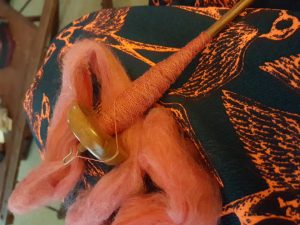 and try some out and she chose one to buy. Well, she didn’t stop spinning on that spindle for the whole weekend and I think she’s still spinning with it! I also think she may have visited the Jenkins table and bought a second one before we left Idaho.
and try some out and she chose one to buy. Well, she didn’t stop spinning on that spindle for the whole weekend and I think she’s still spinning with it! I also think she may have visited the Jenkins table and bought a second one before we left Idaho.
So I was inspired and last week we were headed to Greenfield Village in Dearborn, Michigan just to spend the day with all of our kids and grandkids and on the way out the door I grabbed a spindle and an illusive Abby Batt to work on while we walked around. I got pretty much done in the midst of semi chaos. and I began to think about what I learned from spinning on a spindle. all of the things I’ve learned translate to wheel spinning and make me a better overall spinner.
I learned to better handle live singles. I rarely have tangles. I learned this by butterflying the yarn onto one hand to raise the spindle rather than reaching for the spindle when it is hanging by a super long thread. If you are unsure what I mean by butterflying the yarn you can see it here at around the 5 minute mark. (yes, that’s me a few years ago.)
I learned that sometimes it’s better to take some time with a project rather than always trying to be in production mode. Please don’t mistake me, spinners all over the world spin pounds and pounds of yarn using only spindles but I am not as practiced at it as they are since my focus has been a different tool. I am thoroughly convinced if I made yarn exclusively on a spindle and carried one with me all of the time I would be able to do it too. but since that isn’t the case, I like to use a spindle for special fibers that I only ahve a little of so that I can savor the experience.
I learned (again) that the right tool for the job is often key to getting the results that I want. spindles can add twist extremely quickly and with very little tension on the yanr being made so they are perfect for spinning super fine/gossamer type yarns that spinning wheels may not be as good at.
I’m sure there is more that I’ve learned but it’s all in my hands and not in my brain right now.
Do you spin on a spindle? What have spindles taught you?


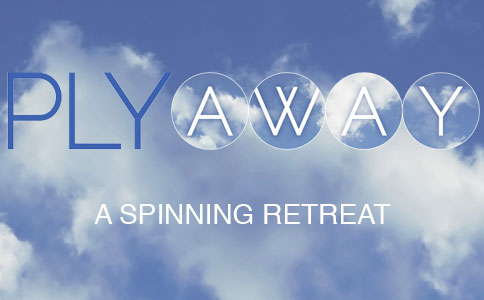

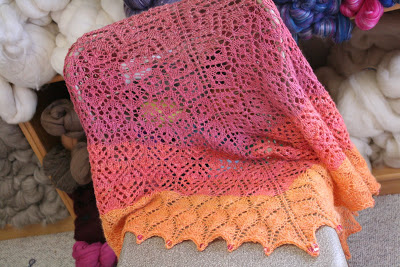
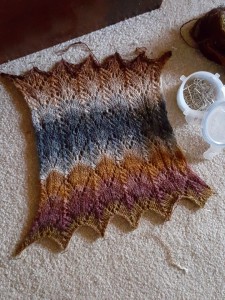
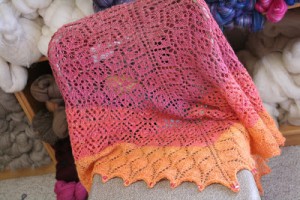
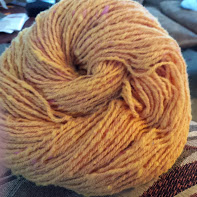
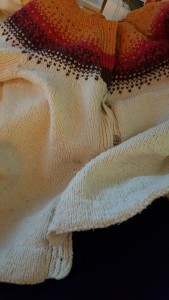 Sweater
Sweater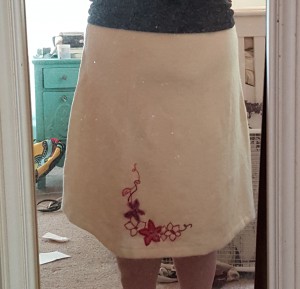
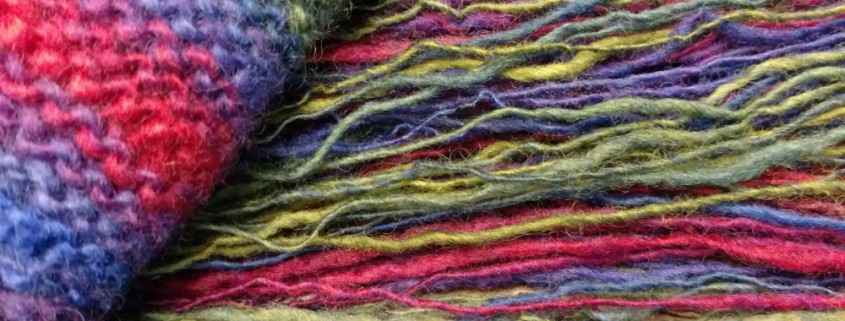
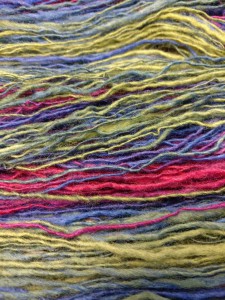 he fiber. Success! I had made a single that would stay a single, and with no plying to do I was practically done! The next challenge would be winding the yarn off the bobbin. (See above comment re: I accidentally untwist everything I knit.) To my complete surprise I was able to wind the yarn from the bobbin easily and with no breaks. More Success! Perhaps it would even make it through its bath in one piece! Maybe I’d even manage to not felt it into a huge mess! I eagerly drew a tub of water and deposited the fiber within. What emerged some time later (I tend to forget when I put things in to soak. Surely I’m not the only one? No? Just me? Cool) was the most uneven mass of yarn I had created in years. When I first learned to spin I read that once you attain the thin, beautiful, even sock yarn of your dreams it is nigh impossible to spin anything other than fingering weight without extreme concentration and clarity of intent. Since I went in to this with neither of those qualities, I expected the worst. This yarn came out completely uneven and crazy, but also squishier and softer than anything else I’d managed to create thus far. So maybe it wasn’t a failed experiment after all!
he fiber. Success! I had made a single that would stay a single, and with no plying to do I was practically done! The next challenge would be winding the yarn off the bobbin. (See above comment re: I accidentally untwist everything I knit.) To my complete surprise I was able to wind the yarn from the bobbin easily and with no breaks. More Success! Perhaps it would even make it through its bath in one piece! Maybe I’d even manage to not felt it into a huge mess! I eagerly drew a tub of water and deposited the fiber within. What emerged some time later (I tend to forget when I put things in to soak. Surely I’m not the only one? No? Just me? Cool) was the most uneven mass of yarn I had created in years. When I first learned to spin I read that once you attain the thin, beautiful, even sock yarn of your dreams it is nigh impossible to spin anything other than fingering weight without extreme concentration and clarity of intent. Since I went in to this with neither of those qualities, I expected the worst. This yarn came out completely uneven and crazy, but also squishier and softer than anything else I’d managed to create thus far. So maybe it wasn’t a failed experiment after all!